10 Small Animals That Are the Deadliest in the World
You might expect danger to come with claws or size, but the real threat often comes in small, quiet forms. These animals kill using venom, parasites, or pure stealth. And in some cases, just being in the wrong place at the wrong time can be fatal.
Here’s a look at the small animals that cause the most damage, sometimes without anyone noticing.
Australian Box Jellyfish
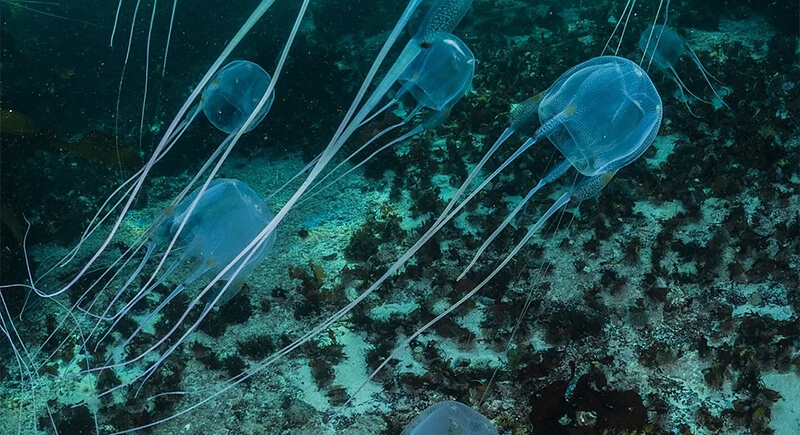
Credit: Reddit
Box jellyfish move fast, with enough control to swim against currents. If you get tangled in their nearly invisible tentacles, the venom hits your heart, nervous system, and skin all at once. It shuts everything down quickly, often before help arrives. Since the 1800s, these animals have caused dozens of deaths in Australian waters.
Geography Cone Snail
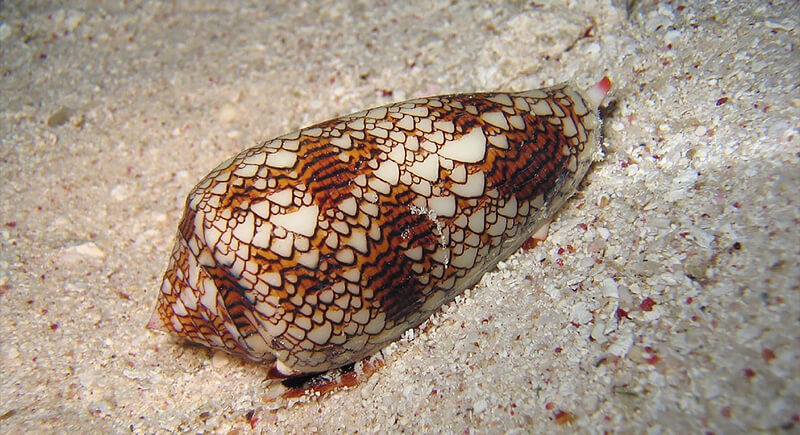
Credit: flickr
It looks like the kind of shell you’d find on a windowsill, but this snail’s got a hidden weapon. It shoots a venom-loaded tooth that shuts down muscles in seconds. And the bad news is that there is no antidote, so treatment is limited to keeping the person alive until the venom wears off.
Amazonian Giant Centipede
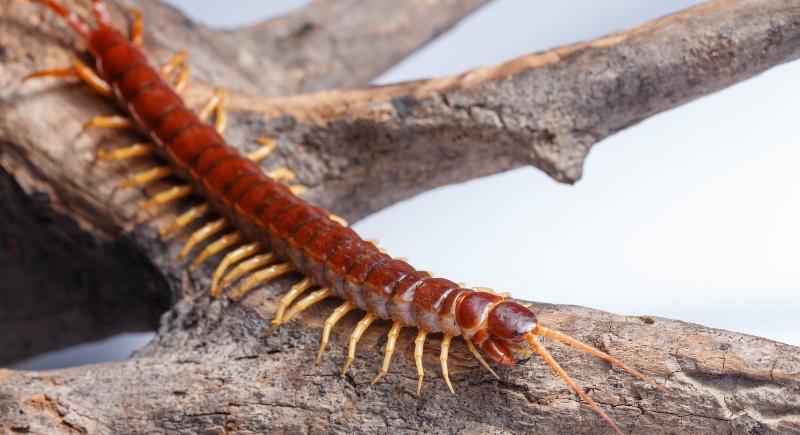
Credit: Getty Images
This centipede can grow up to a foot long and doesn’t mind eating frogs, spiders, and even bats. Its poison works fast and leaves its prey unable to move. One tragic case involved a child in Venezuela who died after finding one in a soda can. They’re tough and don’t back away when confronted.
Mosquito
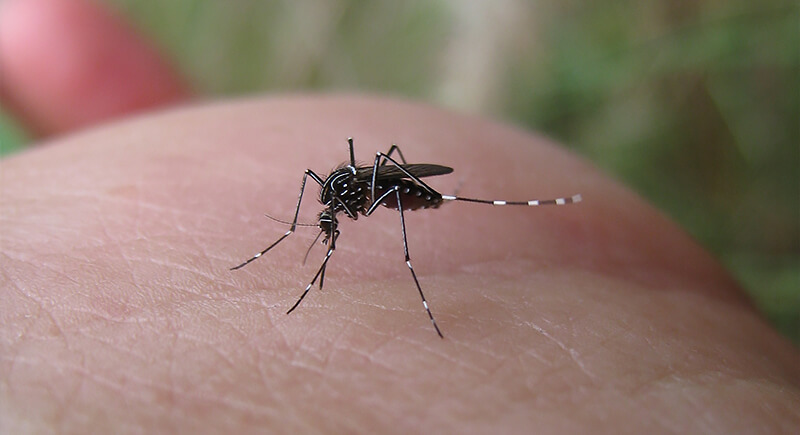
Credit: flickr
It’s not surprising that mosquitoes are responsible for around 780,000 deaths every year. It’s the viruses and parasites they carry that do the damage, with malaria being the deadliest, especially for young children. Other strains spread dengue, yellow fever, and Zika.
Freshwater Snails
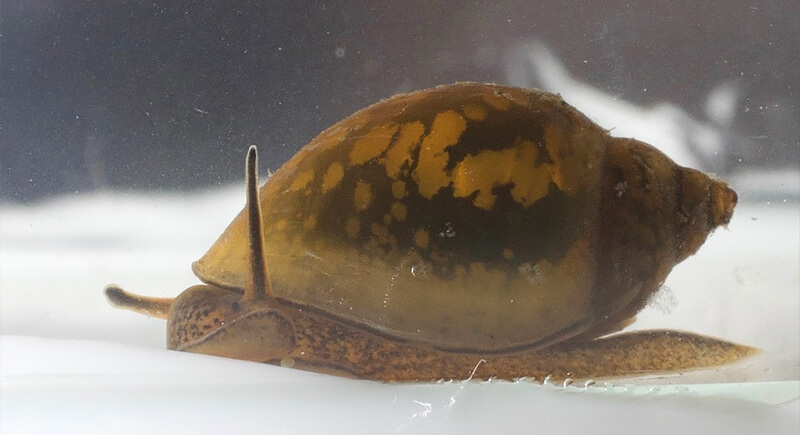
Credit: flickr
They’re slow, harmless-looking, and mostly ignored—but freshwater snails host parasites that kill over 200,000 people a year. The disease, schistosomiasis, begins when flukes in contaminated water get into your system through the skin. Once inside, they damage the bladder, intestines, and liver over time.
Saw-scaled Viper
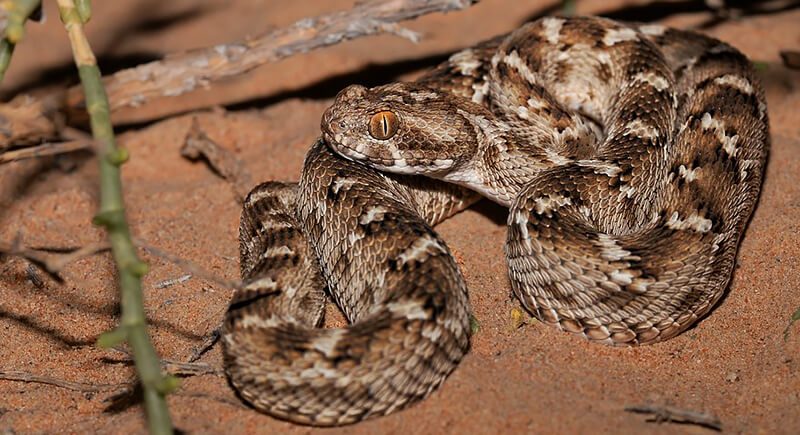
Credit: flickr
Field workers often don’t see the saw-scaled viper until they’re already in pain. It’s tiny, easy to miss, and doesn’t give much warning. Its venom prevents blood from clotting, which leads to internal bleeding and can be fatal without treatment. The bite might not look serious at first, but symptoms build quickly.
Assassin Bug
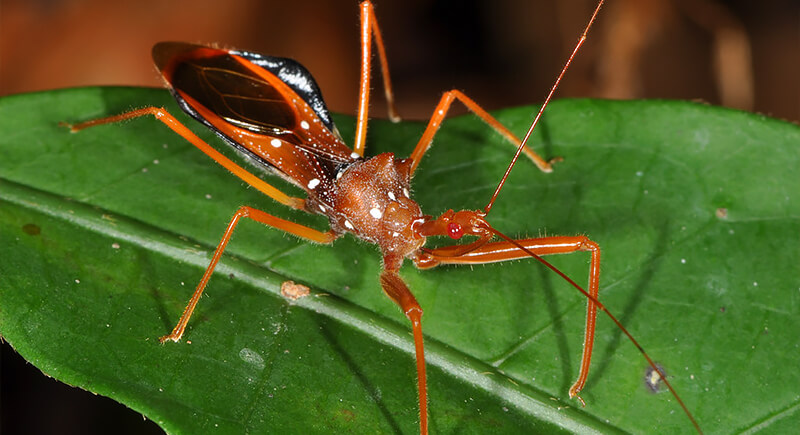
Credit: flickr
True to its name, most people never even feel the bite of the assassin bug. It happens at night, usually on the face, while someone’s asleep. After feeding, the bug leaves behind feces carrying Trypanosoma cruzi. As soon as it enters the bloodstream, this parasite causes long-term damage that may not show up for years.
Poison Dart Frog
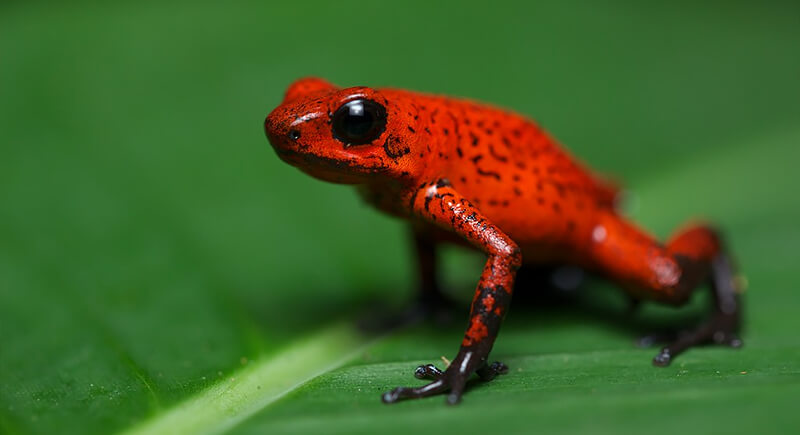
Credit: flickr
Bright colors are usually a warning in nature, and this frog is no exception. The golden poison frog, in particular, carries enough toxin in its skin to kill multiple people. Contact with its skin is enough to trigger a fatal dose. Scientists believe this toxin builds up from eating venomous ants and mites found in its rainforest habitat.
Sydney Funnel-Web Spider
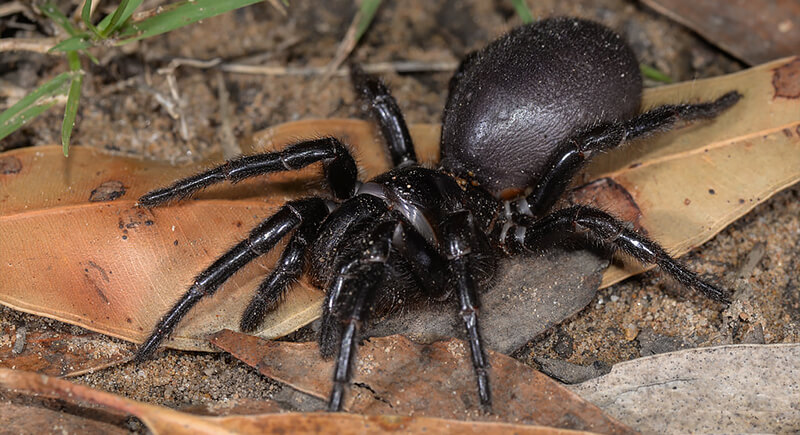
Credit: flickr
When heavy rain hits Sydney, these spiders start showing up in places you’d rather not find them—inside shoes, laundry baskets, or garages. They don’t hold back when they bite. The venom targets the nervous system and can kill in as little as 15 minutes. But thanks to the antivenom developed in the 1980s, survival rates have improved.
Deathstalker Scorpion
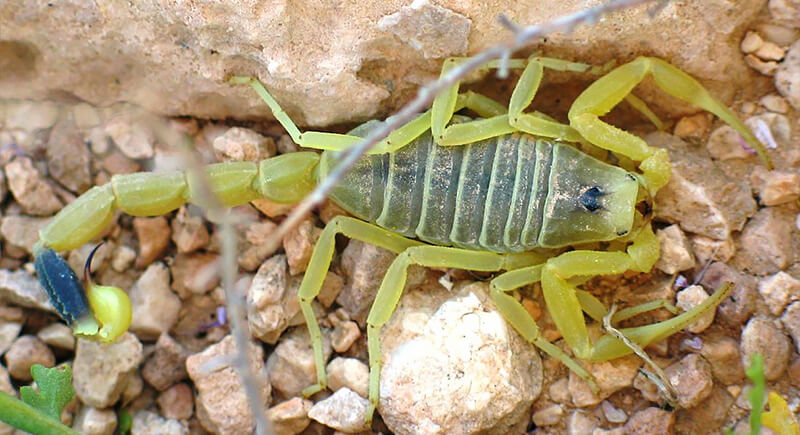
Credit: flickr
Pain sets in fast with this scorpion. The sting burns sharply, and for children or the elderly, things can spiral into seizures or respiratory trouble. They live across parts of North Africa and the Middle East and come out at night, after hiding in cracks and loose debris all day long.
Tsetse Fly
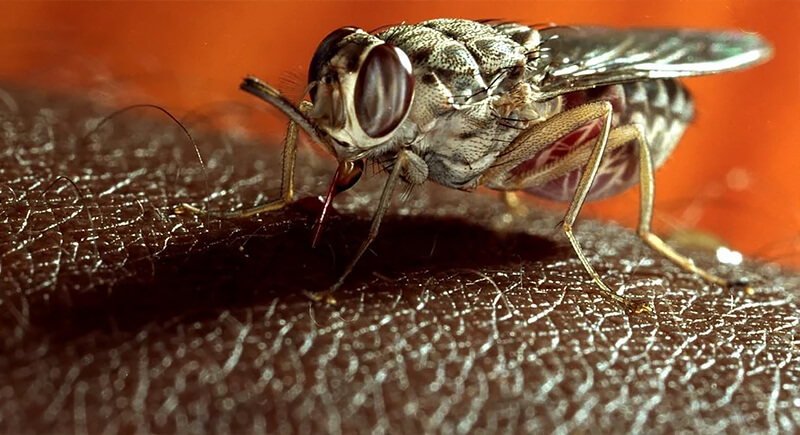
Credit: Reddit
They look like regular houseflies, but tsetse flies carry far more risk. The fly spreads sleeping sickness, a parasitic illness that starts with fever and ends with brain damage if untreated. The disease is mainly fatal in late stages. In remote areas of sub-Saharan Africa, where health services are limited, a bite can go unnoticed until it’s too late to fix.
Blue Sea Dragon
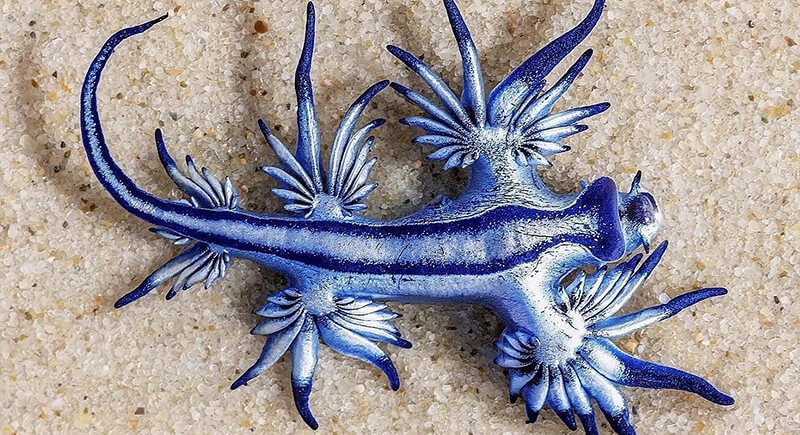
Credit: Reddit
Blue Sea Dragons float along the ocean surface and eat creatures like the Portuguese man o’ war, storing that venom in their bodies. They don’t attack—but they don’t need to when people keep grabbing them. Their sting can cause intense pain, vomiting, and skin reactions. It’s best to admire these creatures without ever getting too close.
Giant Silkworm Moth Caterpillar
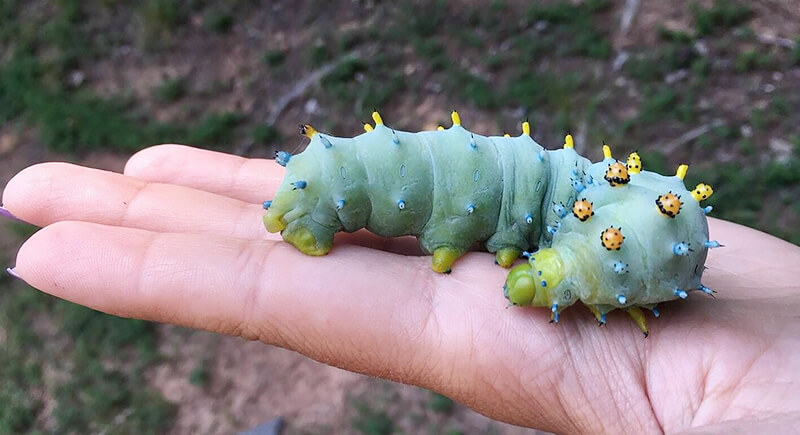
Credit: Reddit
Brushing against one of these caterpillars can trigger a terrifying chain reaction. Its spines inject poison that causes internal bleeding by interfering with clotting. Victims don’t feel much at first, but as the hours pass, symptoms get worse. Fatalities happen in Brazil each year, mostly from accidental contact during routine outdoor activity.
Brazilian Wandering Spider
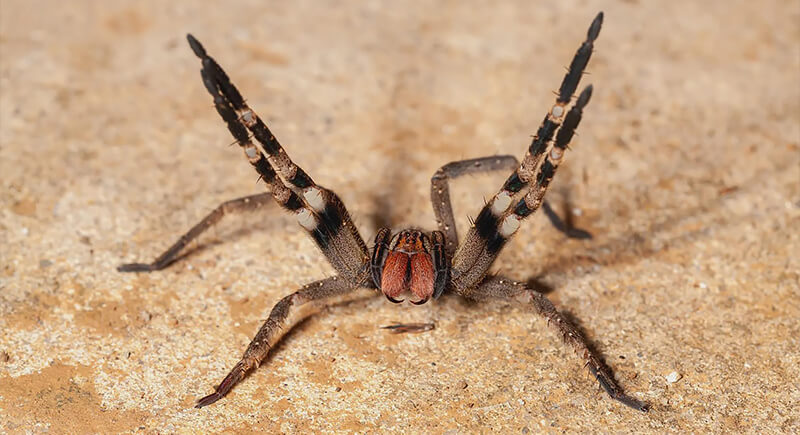
Credit: Reddit
This spider moves through forest floors and even inside homes, searching for prey. One bite can take over your whole body in minutes. The toxin is extremely potent and has caused paralysis and suffocation in some victims. Even with treatment, it’s not something anyone wants to deal with.
Ascaris Roundworm
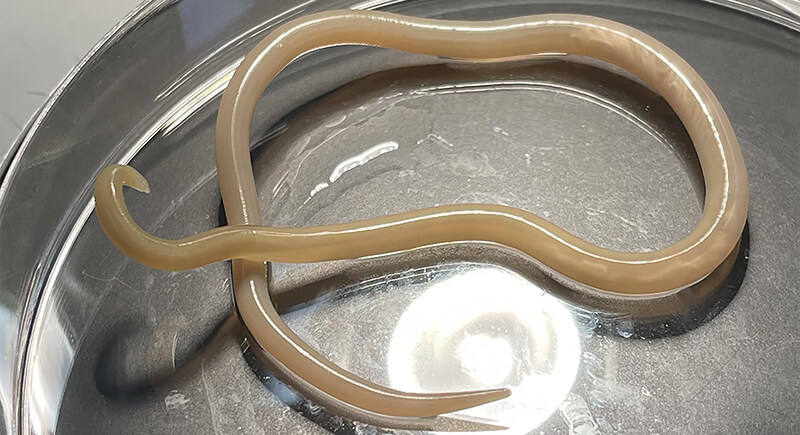
Credit: Reddit
People swallow the eggs without realizing it, usually through food or water that’s been contaminated. The Ascaris Roundworms eventually grow in the intestines and multiply. They can cause fevers, breathing trouble, or even block the digestive system. Around 2,500 people die each year from complications. Places without sewage systems see the worst cases.